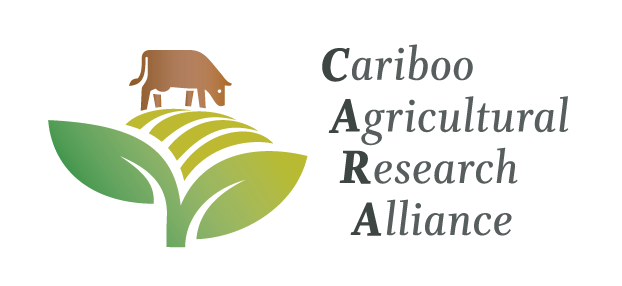Dietary inclusion of polyunsaturated fatty acid (PUFA)-rich plant oils is one approach to improving the fatty acid profile of ruminant meat and meat products from a human health perspective. Whole crop wheat silages represent a possible alternative forage to grass silage for beef production, however, they may adversely impact the fatty acid profile of ruminant muscle since grass silage is rich in C18:3n - 3. The first objective of this experiment was to investigate the relationship between an increase in the dietary supply of C18:2n - 6 from sunflower oil (SFO) and conjugated linoleic acid (CLA) concentration in the muscle tissue of beef cattle. The second objective was to investigate the effect of the basal forage type on the muscle fatty acid composition and its response to increasing inclusion of SFO. One hundred and five heifers were blocked according to initial bodyweight and assigned to one of seven silage treatments. The silage treatments were: (1) grass silage (GS), (2) whole crop wheat silage with 38% dry matter (DM) (W1), (3) GS and W1 at a ratio of 1:2 (DM basis) (WIGS) (4) GS and W1 at a ratio of 2:1 (DM basis) (GSW1), (5) whole crop wheat silage with 52% DM (W2), (6) GS and W2 at a ratio of 1:2 (DM basis) (W2GS), (7) GS and W2 at a ratio of 2:1 (DM basis) (GSW2). Within each silage treatment, S animals were assigned to one of three concentrate rations, differing in the content of SFO. The levels of inclusion of SFO in the concentrate were 0, 55, 110 g/kg concentrate. Inclusion of SFO in the diet led to an increase in the n - 6:n - 3 fatty acid ratio in muscle. In animals fed grass silage or mixed silages the n - 6:n - 3 ratio was lower in muscle compared with those fed whole crop wheat silages, with the exception of animals fed 55 g SFO/kg, for which feeding WIGS led to a higher ratio than W1. Other than the n - 6:n - 3 ratio there were no significant interactions between the effect of type of silage and the level of SFO on the concentration of fatty acids in intramuscular fat. Increasing the inclusion of SFO led to a linear increase in the CLA-cis-9,trans-11 and PUFA concentration in intramuscular fat (P < 0.001). This study confirmed the potential for modification, and improvement from a human health perspective, of the fatty acid composition of beef muscle by dietary manipulation. ?? 2004 Elsevier Ltd. All rights reserved.
Meat Science, volume 69, issue 3, pages 509-518
conjugated linoleic acid, fatty acids, muscle, silage
